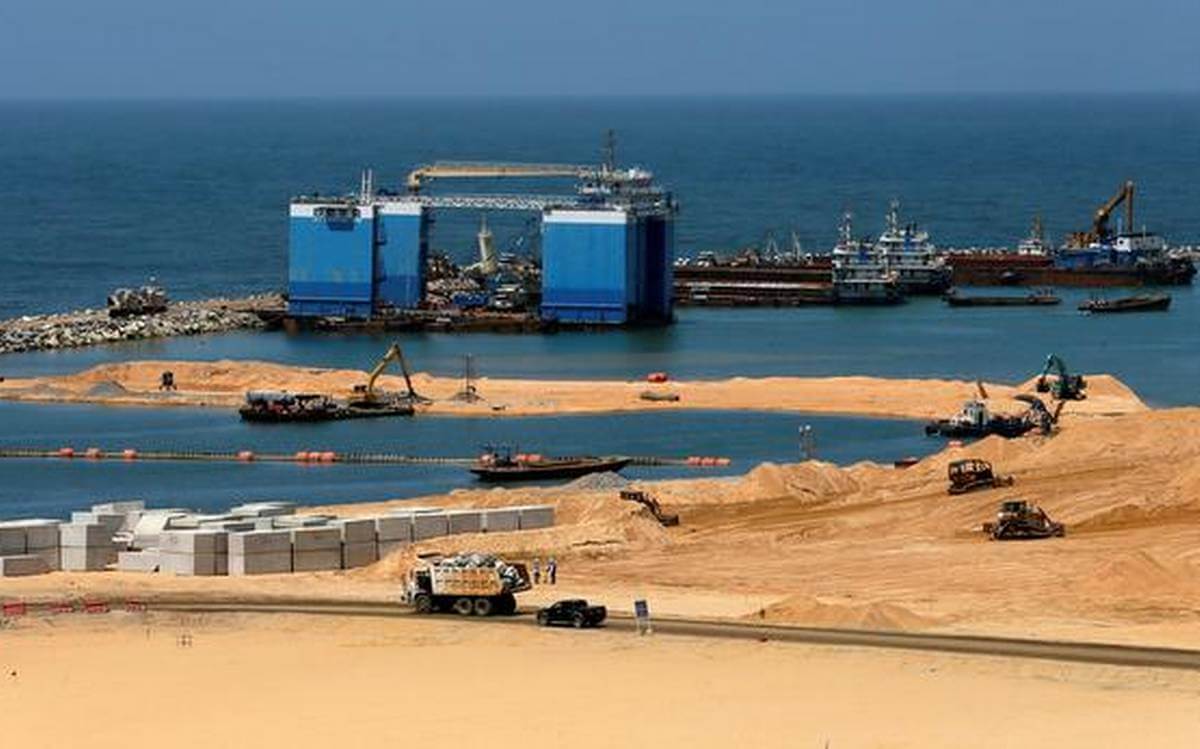On Tuesday, the Sri Lankan cabinet announced that it has approved a joint venture and will offer the opportunity to build and operate Colombo Port’s West Container Terminal (WCT), a strategically located deep-sea port, to India and Japan for 35 years. While there has been no official response from the Indian foreign ministry or Japan, the Sri Lankan government claims that the Indian High Commission in Colombo has “approved” Colombo’s latest offer, which also includes the establishment of two floating liquefied natural gas storage facilities.
The recent proposal was made by India’s Adani Ports and Special Economic Zone Limited, along with an unnamed investor from Japan, to develop the WCT as a public-private partnership project with the Sri Lanka Ports Authority (SLPA). India and Japan will jointly have an 85% stake in WCT. This is similar to the stake and terms that China was granted for building the Colombo International Container Terminal (CICT). As of now, it remains unclear how Tokyo and New Delhi will divide their majority stake in the port.
This approval from Colombo has come exactly a month after it announced that it was scrapping the trilateral deal that would have allowed the three countries to jointly develop the strategic East Container Terminal (ECT) at the Colombo port, following weeks of protests by trade unions and opposition parties against the port’s privatisation. In response, Japan and India both expressed their displeasure about the government’s retraction and India said that “All sides should continue to abide by the existing understandings and commitment of a trilateral agreement.”
According to the signed Memorandum of Cooperation on the ECT, once completed, the Sri Lankan government would hold a 51% stake in the project, while the Adani Group in India and other Japanese companies would retain the remaining 49%. Nevertheless, the entire ownership of the port would have remained with the SLPA. In contrast, while WCT has to be built “from scratch” and requires a much higher investment, it faces considerably less risk of opposition within Sri Lanka. Sri Lankan government spokesperson, Keheliya Rambukwella, has said that the unions were not opposed to foreign investment at the WCT, which is part of the same port because their opposition was “specific to the ECT,” which is already partially in use.
Speaking about the benefits of the West Terminal deal in February, a Sri Lankan official said, “Commercially, the west terminal offer is better for India as it gives 85% stake for developers of the West Terminal against the 49% in ECT. Even if this is the better deal for the investor (including Adani), the final decision has to come from the Indian government. And geopolitically, too, West Terminal is almost the same if they consider the security aspect and the necessity to have a port terminal in Sri Lanka… And West Terminal is no smaller in size or depth compared to the East Terminal… There is no difference between East and West Terminals except for the fact that development of the ECT is partially completed while the development of the West Terminal has to start from scratch.”
Although official confirmation from Japan and India is pending, the benefits and the upgraded deal may be an incentive for investors to submit their approval.
Sri Lanka Reverses Earlier Decision And Offers Deep Sea Port Development To India, Japan
After pulling out of an agreement for the East Container Terminal last month, Sri Lanka has instead offered the development of the West Container Terminal to India and Japan.
March 3, 2021

SOURCE: REUTERS
